2003 Philip Togni Cabernet Sauvignon, Napa Valley, California

Critics reviews
Robert M. Parker, Jr. - 28/06/2013
Robert Parker - Wine Advocate #207 - Jun 2013
About this WINE

Cabernet Sauvignon Blend
Cabernet Sauvignon lends itself particularly well in blends with Merlot. This is actually the archetypal Bordeaux blend, though in different proportions in the sub-regions and sometimes topped up with Cabernet Franc, Malbec, and Petit Verdot.
In the Médoc and Graves the percentage of Cabernet Sauvignon in the blend can range from 95% (Mouton-Rothschild) to as low as 40%. It is particularly suited to the dry, warm, free- draining, gravel-rich soils and is responsible for the redolent cassis characteristics as well as the depth of colour, tannic structure and pronounced acidity of Médoc wines. However 100% Cabernet Sauvignon wines can be slightly hollow-tasting in the middle palate and Merlot with its generous, fleshy fruit flavours acts as a perfect foil by filling in this cavity.
In St-Emilion and Pomerol, the blends are Merlot dominated as Cabernet Sauvignon can struggle to ripen there - when it is included, it adds structure and body to the wine. Sassicaia is the most famous Bordeaux blend in Italy and has spawned many imitations, whereby the blend is now firmly established in the New World and particularly in California and Australia.


Buying options
Add to wishlist
Description
The 2003 Cabernet Sauvignon Estate is a blend of 82% Cabernet Sauvignon, 15% Merlot 2% Cabernet Franc and 1% Petit Verdot. For those who dont know, Togni has always made an uncompromising Cabernet meant for 20, 30, maybe even 40 or more years of cellaring. Gorgeously rich notes of black olives, black currants, graphite and wood smoke jump from the glass of this dense ruby/purple-colored, Medoc-styled 2003. At age ten, it displays a youthfulness similar to a 4- to 5-year-old wine. The finish is long, convincing and rich. It is reminiscent of a Spring Mountain version of a hybrid blend of St.-Julien and Pauillac. Unique to Napa and as distinctive as Philip Togni himself, it will benefit from another 4-5 years of cellaring and should last longer than your author. By the way, my cellar includes many vintages of Togni, and I rarely touch them before they hit 15 years of age.
Robert M. Parker, Jr. - 28/06/2013
wine at a glance
Delivery and quality guarantee